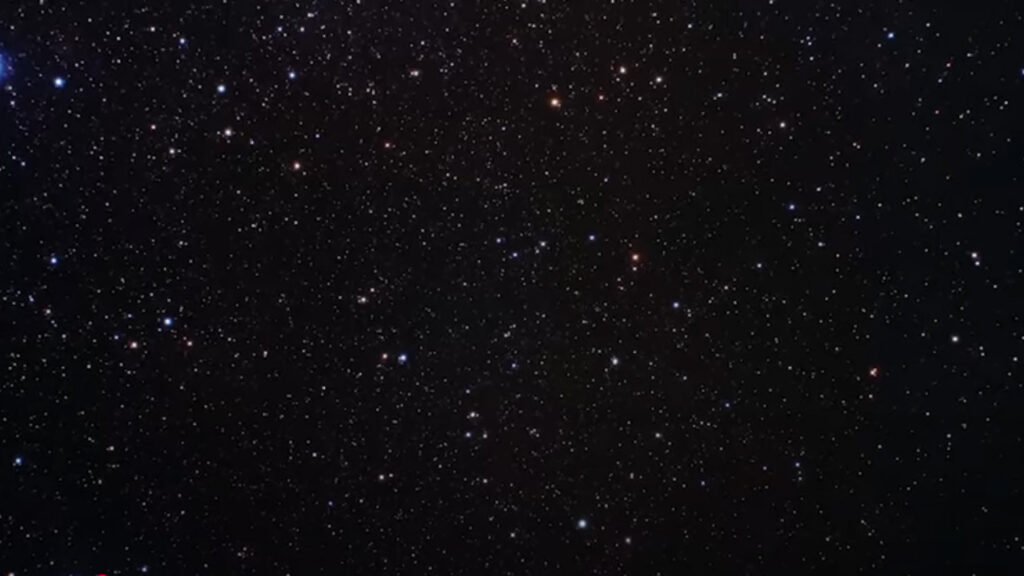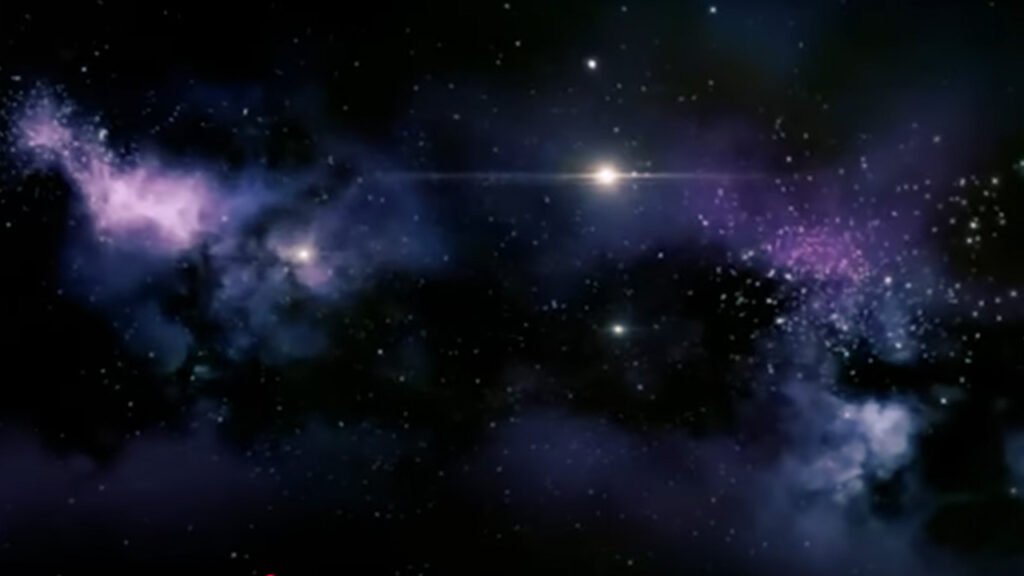The universe has always been a place of mystery and wonder, with galaxies, stars, and cosmic phenomena that continue to astound scientists. One such breathtaking revelation has come from the James Webb Space Telescope (JWST)—a technological marvel that has unveiled never-before-seen details about the LEO P Galaxy. This discovery is rewriting our understanding of the cosmos, offering profound insights into the formation and evolution of galaxies.
Table of Contents
The James Webb Telescope’s Stunning Discovery
A Groundbreaking Moment in Astronomy
The James Webb Telescope’s Stunning Discovery: Revealing the Secrets of the LEO P Galaxy has left astronomers and space enthusiasts in awe. LEO P, a dwarf galaxy located on the outskirts of our Local Group, has always been an enigma. However, JWST’s unparalleled infrared vision has captured unprecedented details of this distant galaxy, shedding light on its structure, composition, and star formation activity.
With its state-of-the-art instruments, the James Webb Telescope has provided high-resolution images that display LEO P’s faint stars, interstellar gas, and even possible planetary systems. This discovery is crucial in understanding how dwarf galaxies, like LEO P, contribute to the overall cosmic web and the broader evolution of the universe.
What Makes LEO P Galaxy Unique?
The James Webb Telescope’s Stunning Discovery: Revealing the Secrets of the LEO P Galaxy has highlighted several unique characteristics of this celestial body. LEO P is a low-metallicity galaxy, meaning it has a minimal amount of heavy elements, similar to galaxies that existed in the early universe. This makes it an ideal laboratory for studying how the first galaxies formed and evolved over billions of years.
Unlike larger galaxies with dense clusters of stars, LEO P is sparsely populated, allowing astronomers to study individual stars in greater detail. Its isolation from major galactic interactions has also preserved its pristine conditions, making it a near-perfect specimen for studying primordial cosmic structures.
How the James Webb Telescope Made This Discovery
The James Webb Telescope’s Stunning Discovery: Revealing the Secrets of the LEO P Galaxy was made possible through JWST’s advanced instruments, including the Near-Infrared Camera (NIRCam) and the Mid-Infrared Instrument (MIRI). These cutting-edge tools allowed scientists to peer deep into LEO P’s structure, revealing features that were previously invisible to telescopes like Hubble.
- NIRCam helped detect faint stars and nebulae, providing insight into the galaxy’s star formation history.
- MIRI uncovered cold molecular gas and dust, critical components for planet formation.
- Near-Infrared Spectrograph (NIRSpec) identified elements within LEO P, confirming its chemical composition and low-metallicity nature.
These James Webb Telescope’s instruments work together to build a complete picture of the LEO P Galaxy, helping astronomers understand its past, present, and potential future.

Implications of This Discovery on Cosmology
The James Webb Telescope’s Stunning Discovery: Revealing the Secrets of the LEO P Galaxy has far-reaching implications. Since LEO P is a relatively young and isolated galaxy, it serves as a benchmark for studying the early universe. Researchers believe that dwarf galaxies like LEO P could provide clues about the formation of the first galaxies, which later merged to create the massive galaxies we see today.
Additionally, studying LEO P can help scientists understand dark matter distribution. Since dwarf galaxies tend to be dark matter-dominated, examining their motion and composition gives insights into the invisible forces shaping our universe.
LEO P’s Star Formation and Evolution
One of the most exciting aspects of the James Webb Telescope’s Stunning Discovery: Revealing the Secrets of the LEO P Galaxy is its ability to pinpoint individual stars within the galaxy. Scientists have identified various star-forming regions within LEO P, some of which resemble the birthplaces of stars in the Milky Way.
JWST’s data suggests that LEO P has undergone bursts of star formation over billions of years, rather than a continuous process. This intermittent star formation is crucial in understanding how galaxies sustain their stellar populations and evolve over time.
Potential for Exoplanet Discovery in LEO P
The James Webb Telescope’s Stunning Discovery: Revealing the Secrets of the LEO P Galaxy has also sparked interest in the possibility of exoplanets within the galaxy. JWST’s sensitive infrared detectors can spot faint planetary systems forming around young stars in LEO P. While the galaxy’s low-metallicity environment makes planet formation less common than in metal-rich galaxies like the Milky Way, scientists remain hopeful about finding rocky worlds orbiting its stars.
Comparing LEO P with Other Dwarf Galaxies
LEO P stands out from other dwarf galaxies due to its isolated nature and pristine conditions. Unlike satellite dwarf galaxies that orbit larger galaxies and experience gravitational interactions, LEO P remains largely untouched. This makes it a crucial reference point for understanding the evolutionary differences between isolated and satellite dwarf galaxies.
By comparing LEO P to other known dwarf galaxies, scientists can determine how various factors—such as environment, interactions, and chemical composition—affect a galaxy’s development. The James Webb Telescope’s Stunning Discovery: Revealing the Secrets of the LEO P Galaxy provides valuable data for these comparative studies.
The Future of Research on LEO P
The James Webb Telescope has only begun its journey in uncovering the secrets of the universe. The James Webb Telescope’s Stunning Discovery: Revealing the Secrets of the LEO P Galaxy is expected to pave the way for future observations and deeper investigations.
Upcoming research will focus on:
- Spectroscopic analysis of LEO P’s stars to determine their exact ages and compositions.
- Mapping interstellar gas clouds to trace star formation cycles within the galaxy.
- Hunting for exoplanets using JWST’s powerful infrared capabilities.
- Investigating dark matter distribution within LEO P to refine cosmological models.
As technology advances, more telescopes and instruments will collaborate with JWST to build a comprehensive picture of LEO P and similar galaxies.

Conclusion
The James Webb Telescope’s Stunning Discovery: Revealing the Secrets of the LEO P Galaxy marks a milestone in astronomy, providing unprecedented insights into one of the universe’s most intriguing dwarf galaxies. This discovery not only enhances our understanding of galactic evolution but also raises new questions about the formation of stars, planets, and even life itself.
With each passing year, the James Webb Telescope continues to redefine what we know about the cosmos. Its exploration of LEO P is just the beginning, promising even more revolutionary findings in the near future. As scientists delve deeper into this discovery, one thing is certain—the mysteries of the universe are far from over, and the best is yet to come.
